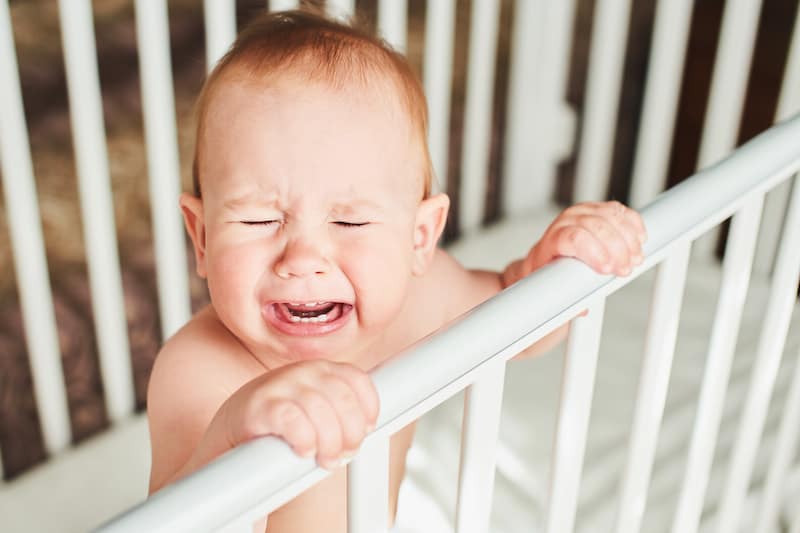Up to 30 % of parents of young children encounter difficulty with getting their little ones to fall asleep or stay asleep. Sleep is important for children’s health and development. Lack of sleep in children is known to cause learning and memory deficits resulting in difficulty attaining age appropriate milestones for younger children and poor academic performance in school aged children. It is also reported that lack of sleep in children can result in irritability, depression, hyperactivity and aggression. Moreover, disturbed sleep in children often causes stress on the entire family. Contrary to belief, children do not outgrow sleep problems and if left untreated, sleep disorders are more likely to persist, but many still struggle with ways to get your baby to sleep?
In order for children to learn and develop, they need to be well rested to be at their optimum for taking in new information and accomplishing motor and cognitive milestones. Parents should practice and teach their children good sleep hygiene techniques to promote better sleep. The term sleep hygiene relates to sleep behaviours that expose a child to activities and cues that prepare and promote them for well timed and effective sleep. Here is a top 10 list of good sleep hygiene practices to teach your children:
10 Ways to Get Your Baby to Sleep
• Being active during the day. Age appropriate activities are essential to help children establish good sleep-wake cycles. It exposes them to daylight and activities throughout the day which is thought to help increase the release of a hormone (melatonin) at night to help children sleep. Activities for an infant such as tummy time or a toddler playing at a park on swings, climbing, sliding etc… Children are meant to move and sedentary activities such as television are thought to hinder a good night’s sleep.
• Routines help children understand what is coming next; this allows them to anticipate what is happening in their day.
• Establish a bedtime routine to allow them to wind down and get themselves ready to transition from wake to sleep. Take approximately 30 mins of quiet time doing relaxing activities prior to getting your child to sleep.
• Keep to a fairly predictable schedule during the week and weekends e.g. bedtime/naptimes should not vary more than one hour either side of regular bedtime. Most children are in bed by 730pm every night. Autumn is the best time to put children to bed earlier and benefit from the daylight savings time change to help with the transition.
• Try not to feed your child food containing caffeine 4-6 hours prior to bedtime (e.g. cookies or muffins containing chocolate), it acts as a stimulant and keeps children awake.
• The Canadian Paediatric Society recommends no television for children under two years of age. If you let your child watch television ensure that they do not watch any at least 2 hours prior to bedtime, this activity stimulates children instead of calming them. Try reading a favourite book or singing some bedtime songs to help transition them to calmer activities.
• For younger children, research studies report that infants who learn to settle themselves are more likely to discover self-soothing techniques and are better sleepers by 6 months than infants whose caregivers assist infants to sleep through various activities e.g. feeding or rocking to sleep.
This does not mean letting your child cry it out but rather letting them settle themselves.
• Noise reduces sleep time, especially in deep sleep, and increases light sleep e.g. a party going on at next door neighbours. During light sleep, noises can wake a person more easily. Try using a white noise machine.
• When the room temperature is too hot, time in deep sleep is decreased. In a room too cold, it takes longer for a person to get to sleep. Recommended room temperature for sleeping is between 16 and 20 degrees Celsius.
Need more ideas? We’ve rounded up the ‘experts’ – Elizabeth Pantley and Richard Ferber.
Jennifer Garden, a registered health professional (occupational therapist) and mother of two year old twins!

